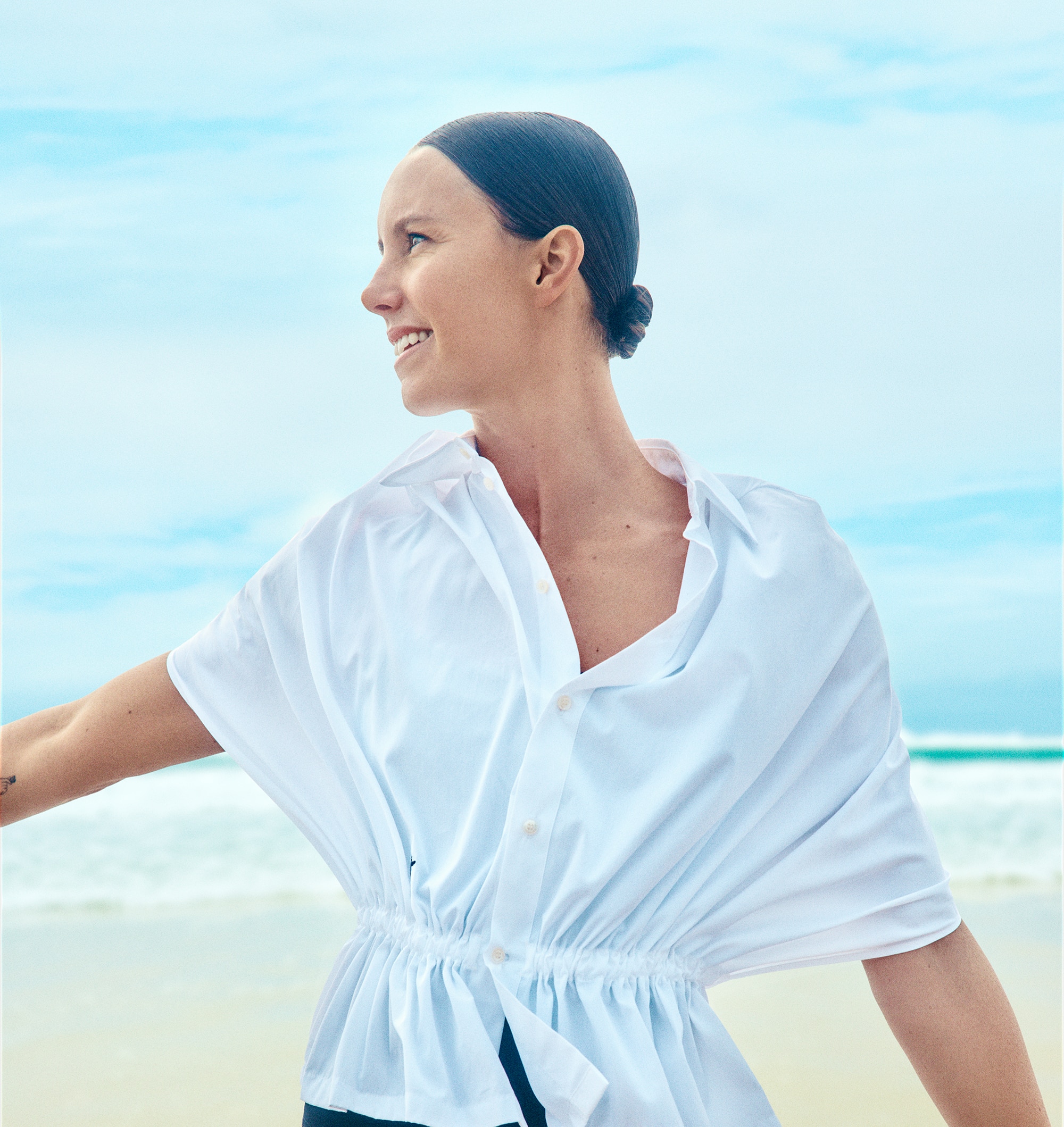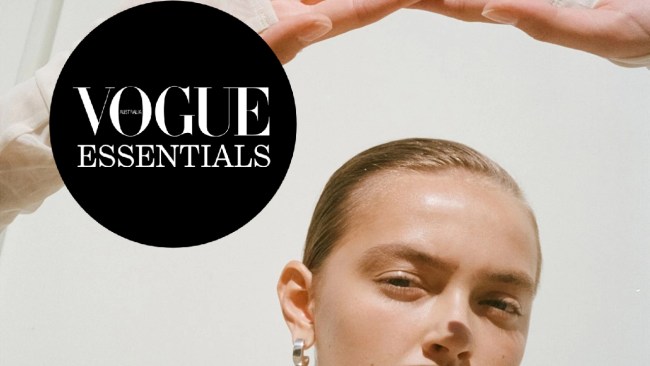kiri nathan new zealand fashion week 2023
The designer’s brand made history in a milestone moment for New Zealand fashion.
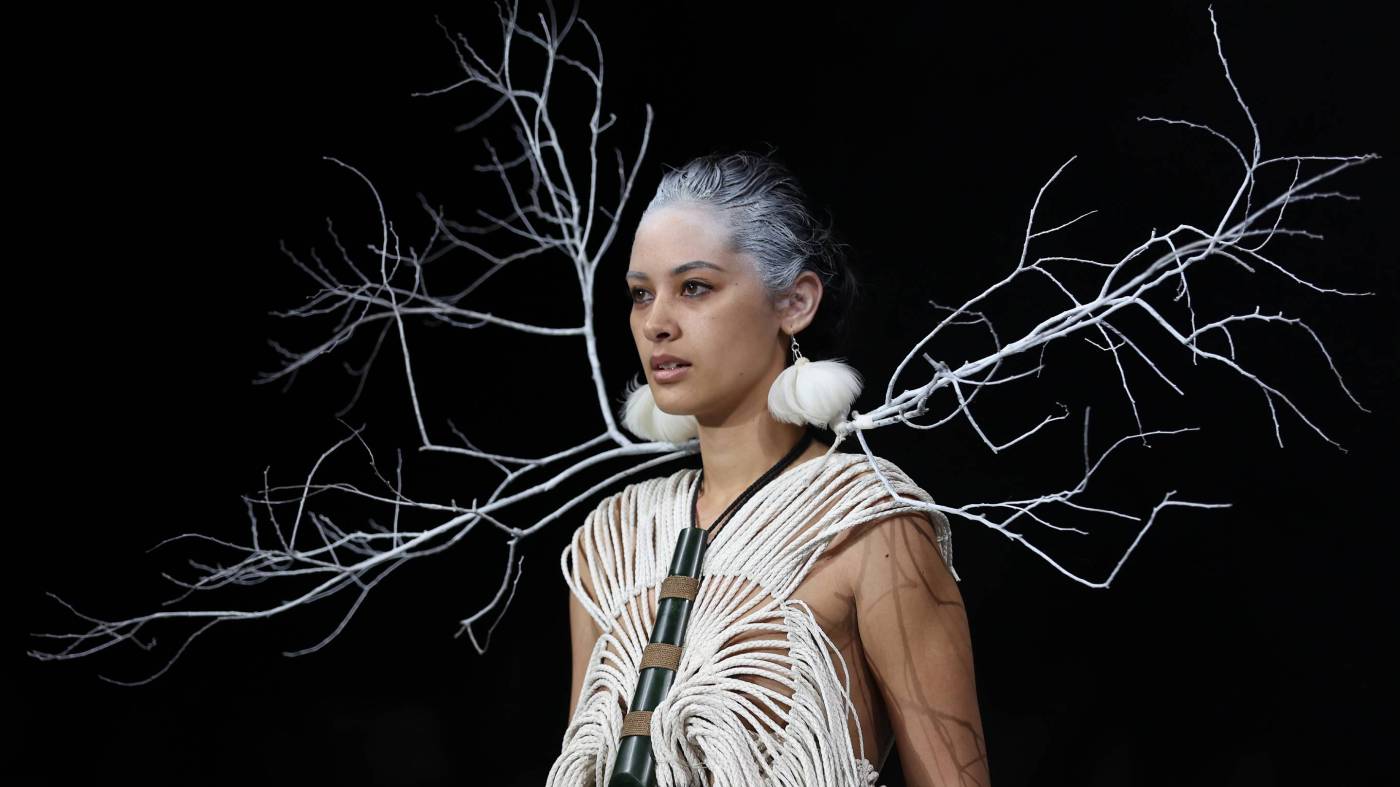
Fashion
Don't miss out on the headlines from Fashion. Followed categories will be added to My News.
The designer’s brand made history in a milestone moment for New Zealand fashion.
A refreshing changing of the guard took place at Kiri Nathan’s New Zealand Fashion Week show. The designer and artist became the first Māori creative to open the country’s main fashion event Tuesday, 29 August, making her show a coveted invitation. Once inside, showgoers found traditional fashion practice flipped on its head.
‘Most fashion runways line their front rows with celebrities, buyers and influencers,’ a large sign read above the runway exit. ‘Although we love the people, talent and reach that make up our industry, our front row is lined with artisan makers, weavers and the people who worked to bring today’s collection and presentation to you.’
For Nathan, putting makers and supporters front-row was one of a string of natural choices that came with the territory. “To us, we wouldn’t be showing here today, unless that pattern drafter, unless that cutter, unless that machinist, unless that buttonhole maker had turned up for us,” Nathan says. “And so, aren’t those the most important people?”
It’s a few days after her presentation, which kicked off the first NZFW since 2019. Sitting in the sun on Auckland’s picturesque harbour foreshore, Nathan is feeling less overwhelmed and more reflective. The designer is best-known for her feather weaving, which features in dresses and appeared on former Prime Minister Jacinda Ardern at the funeral of Queen Elizabeth II; Ardern wore a Kākahu (cloak) over a black dress to signify her support for New Zealand’s Māori people.
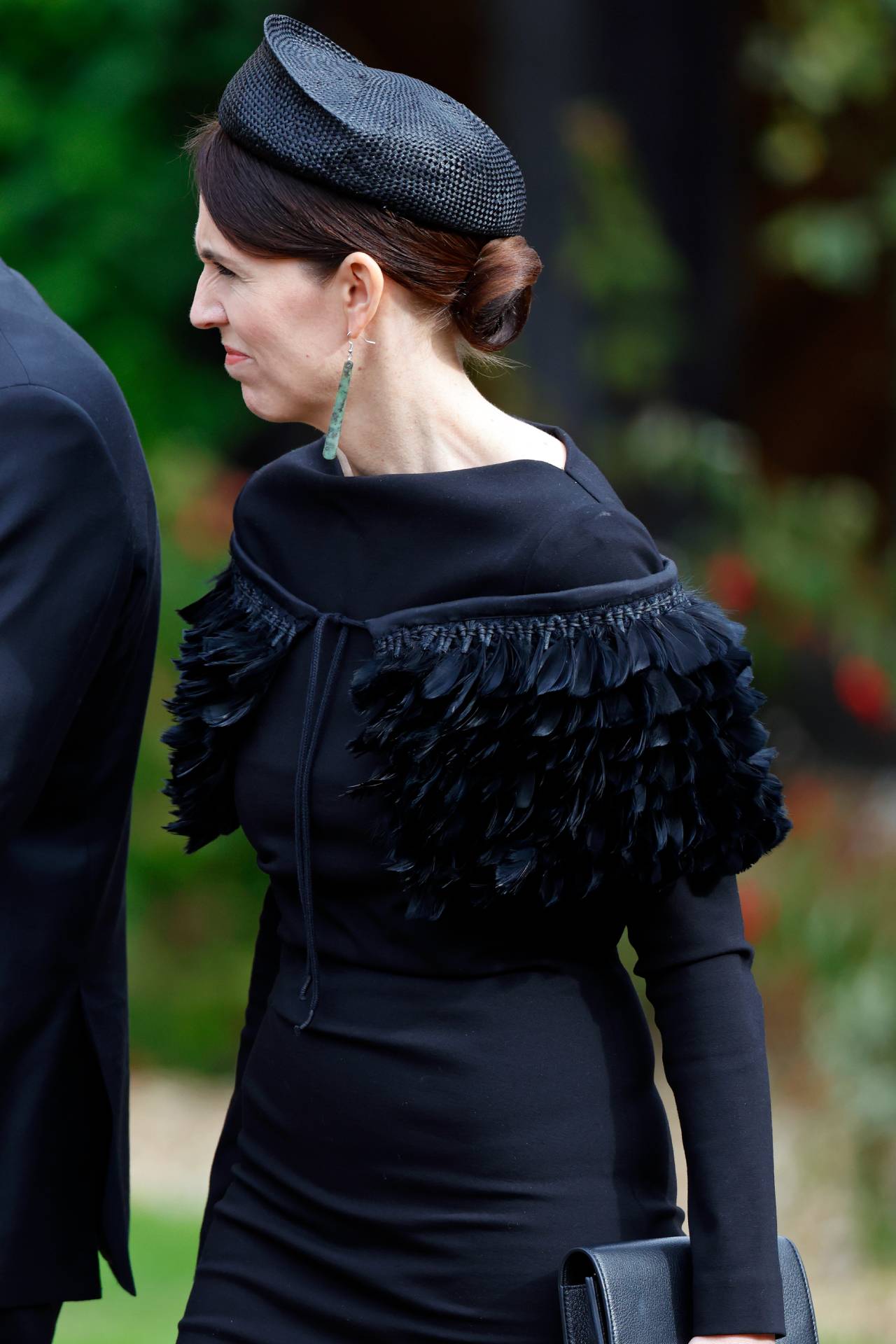
Other staples in Nathan’s range include cocktail dresses (Ngahau), leisurewear (Whakatā), and jewellery, as well as custom pieces she produces by appointment. Despite this week’s buzz, the designer’s everyday life is much more low-key; she mentions that certain pieces from the show were made by Māori Wāhine (women) who she teaches to weave in her own time.
“They all came in and pitched in and they wove, and they were such a huge part of all the woven elements that were [in the show], I just didn’t have time,” Nathan shares. “I mean, they needed to be front row because again, none of these pieces would be there unless they had contributed.”
I don’t think this particular runway had anything to do with me. We may have been the vessel, but this was 100 per cent about Te ao Māori.
Of course, Nathan’s own Whatu (weaving) is a skill she honed before and during her brand’s 13-year history, spinning feathers into garments that are both beautiful and culturally significant. Eschewing the concept of seasons, the show was structured in five parts, working as an anthology of Māori fashion from the 1600s to the present, and the final section predicting the future of Māori style. The first segments epitomised fine craftsmanship; take the ethically sourced feathers spun into white gowns reminiscent of wedding dresses, with the addition of earthy elements like tree branches.
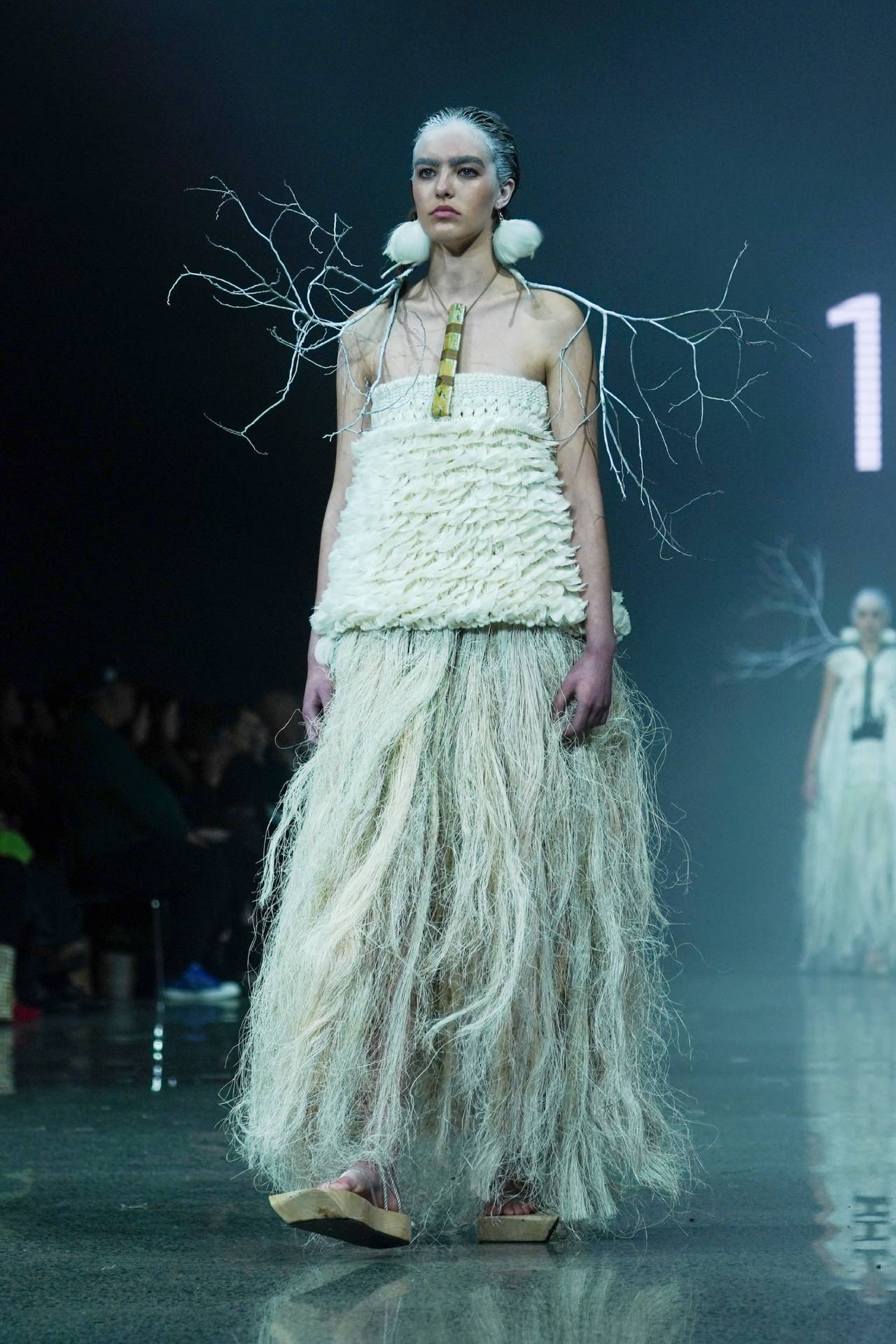
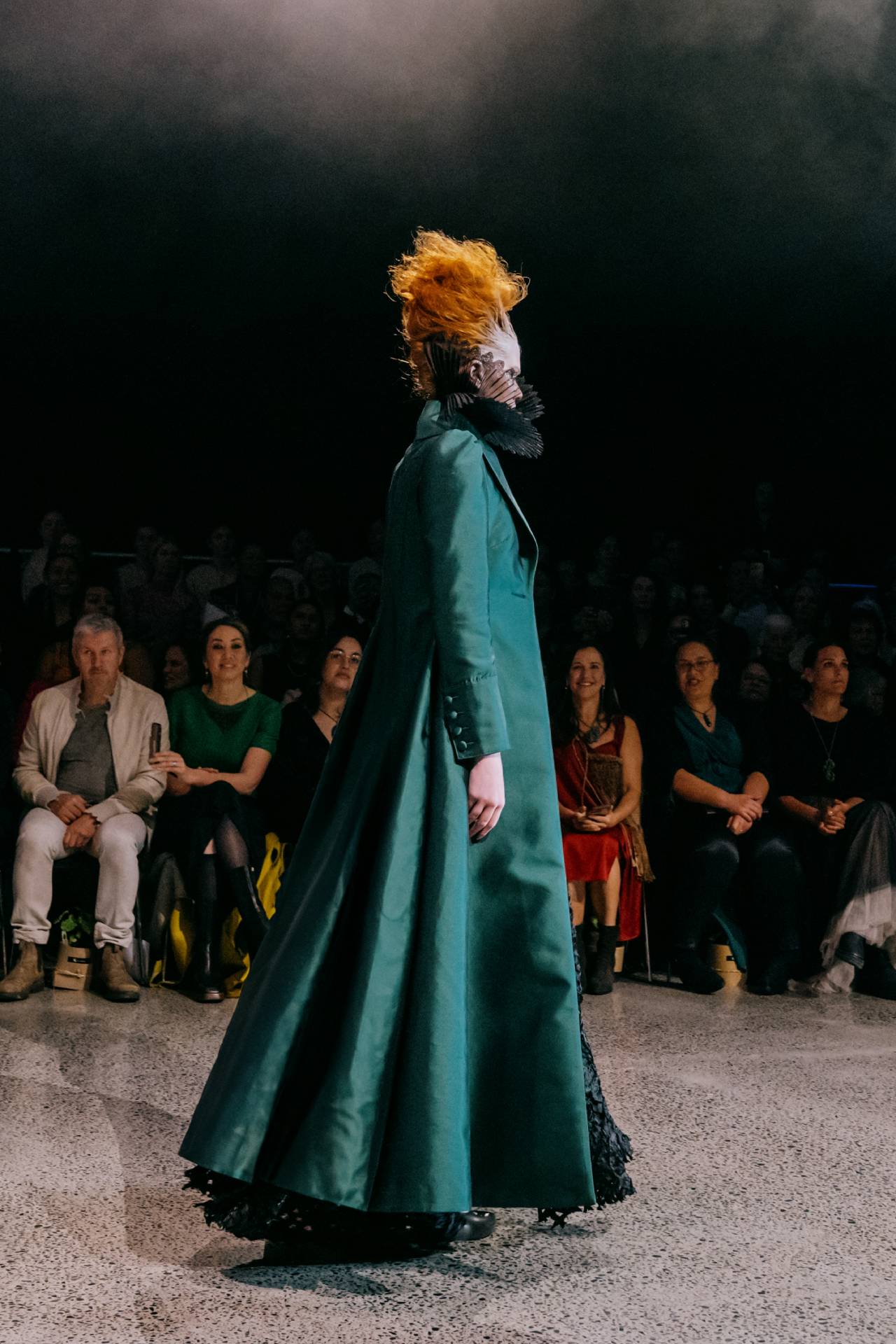
In the 1800s section and onwards, historic Māori garb was mixed with western garments that came after “contact” with settlers in the 19th century. One look paired a crocheted black partially transparent dress and feather neckpiece with a tailored green silk trench coat, showing how Māori women blended their cultural garb with the western clothes they were often required to wear.
“[This blend] started to happen because of different political, social, environmental impacts—for instance, the church came, missionaries came. And if you became a part of the church and you went to church on Sundays, you had to wear church clothing, you couldn’t wear your native clothes,” Nathan explains. “All these different things started to happen and change the way that we made clothes and wore clothes.”
The pieces showed how New Zealand’s Indigenous culture adapted, while also preserving its own customs. This could be seen in the menswear range—Nathan’s first—which blended tailoring with woven wearables and accessories made of Pounamu, the green stone unique to southern New Zealand.
Equally meaningful were the model choices. Rawiri Waititi MP, co-leader of the country’s Te Pāti Māori (Māori Party) which advocates for Indigenous rights, walked the runway wearing a Pounamu tie, two years after he was dismissed from parliament for not wearing a western necktie. “He challenged this construct that we had today and have had for 200 years of wearing a tie,” Nathan shared. “And so, we’ve been thinking for a couple of years now, we needed to create a collection of pounamu ties.”


Singer Teeks was another public figure who walked, as well as Qiane Matata-Sipu, an author and speaker known for her advocacy in protecting Ihumātao—a sacred land site south of Auckland that nearly became the subject of a large-scale housing development, which was halted by the government. Near the end of the show, artist Graham Hoete, known as Mr. G, spray-painted a white dress with the word tūmanako, which means ‘hope’ in Māori. “He’s done so much work in the mental health area… and he is the most exceptional artist,” Nathan says.
Nathan intended for sustainability to be front and centre in her collection. The show’s final part, which looked forward to Māori fashion of the future, was constructed with silk and wool made from natural fibres, showing that the inherently natural sourcing of Indigenous custodians is integral in the future of fashion. “To look forward, we need to look back. Everyone’s got this buzzword, ‘sustainability’… it’s like, [if] you just went back to traditional Indigenous practice, that is sustainable practice,” she explains.
One might wonder how many people made these astounding pieces, and the answer is not many. Nathan works with her husband and an operations manager, contracting a team of four makers to help her bring the vision to life. “I think the thing we’re driving towards is just… it’s not us. It’s not our little business or whatever, it’s a much bigger picture… we just want to tune up and do the best we can do and be exceptional at the job,” she shares.
She also hopes New Zealand’s museums will purchase pieces; in her words, “our museums are probably missing about 200 years of history of Māori fashion or how it developed”.
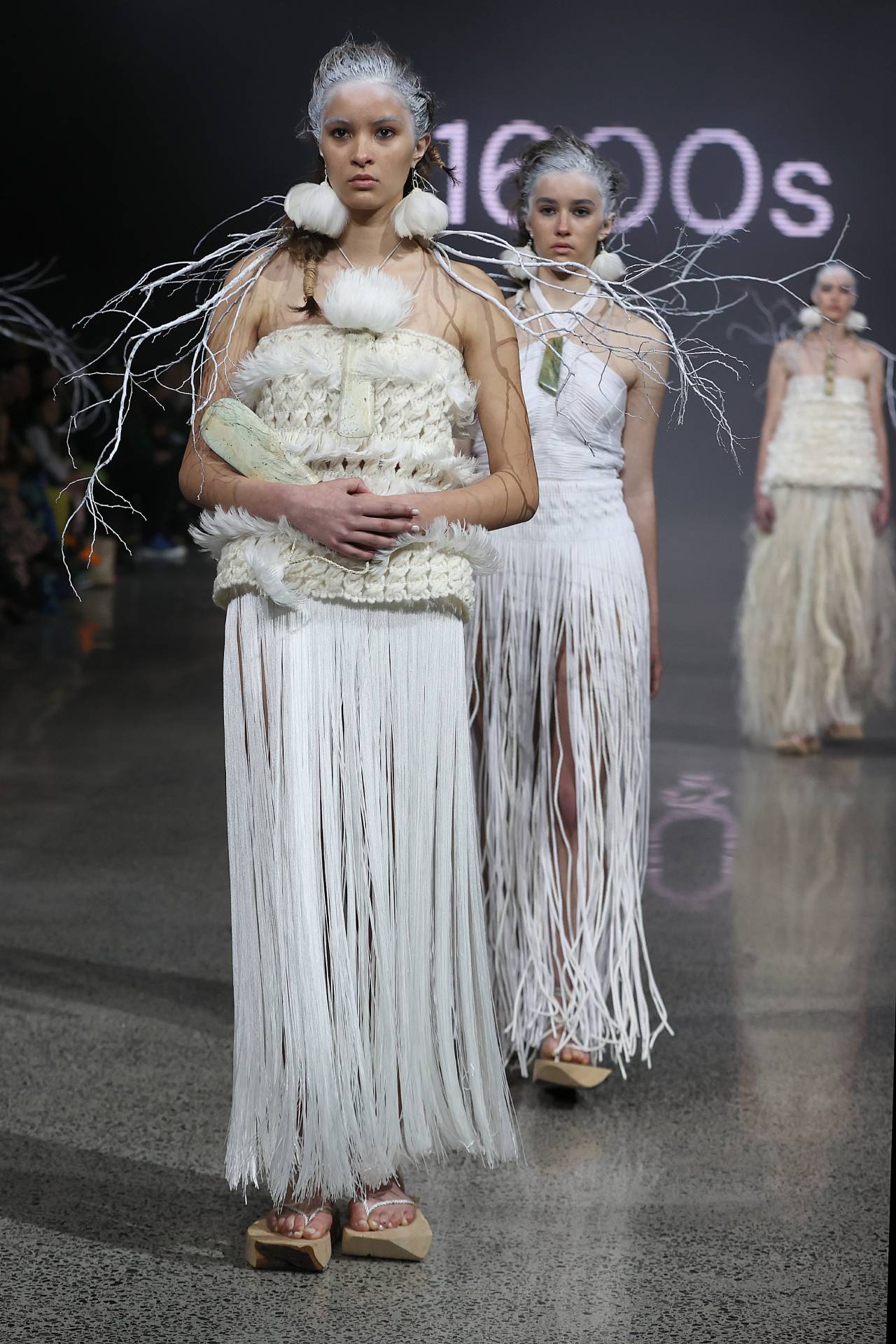
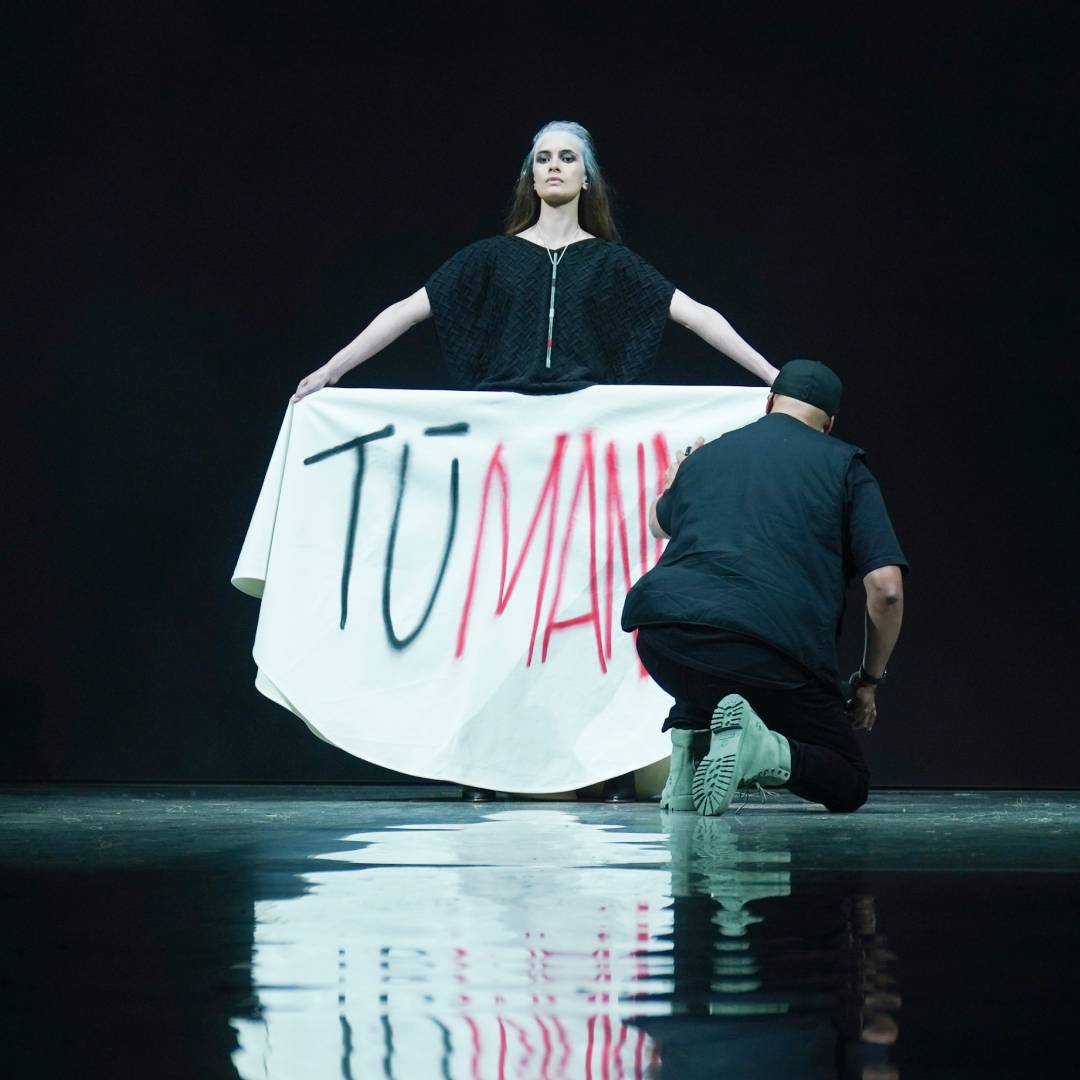
Nathan’s selfless interest in the future of New Zealand fashion is summed up by her actions post-show. Instead of basking in the moment, she sped upstairs at the Viaduct Events Centre to attend Rory William Docherty—one of the week’s emerging labels to watch, which occupied the next time slot. “We’re quite good friends… I was gutted I couldn’t go to her show because I’m sure it was a spectacular event, quite a moment, but it was lovely that she managed to rush over!” Docherty shared.
On the weekend, the designer and her team hosted a market at their operations space in central Auckland to introduce more Māori designers to the public. Nathan is always moving, but when all is said and done, she could take stock of the milestone moment.
“There were some really phenomenal people involved in the show, so when people were like, ‘oh your show was amazing, you’re amazing!’—it’s not that at all,” she says matter-of-factly. “I don’t think this particular runway had anything to do with me. We may have been the vessel, but this was 100 per cent about Te ao Māori. It was so much more about collaboration, and many Māori coming together to put on a presentation that told the story.”
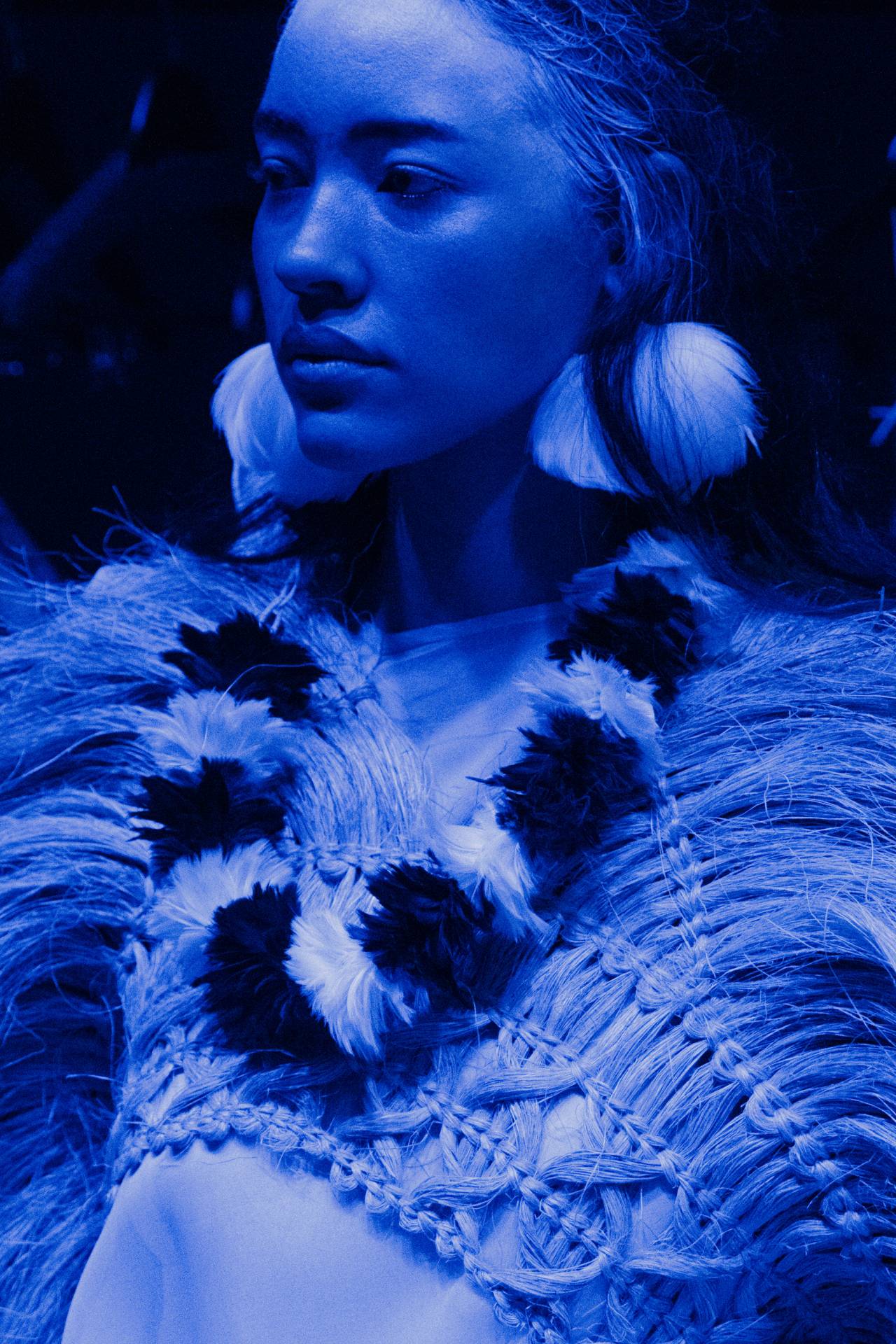

Sign up to the Vogue newsletter
Originally published as kiri nathan new zealand fashion week 2023


